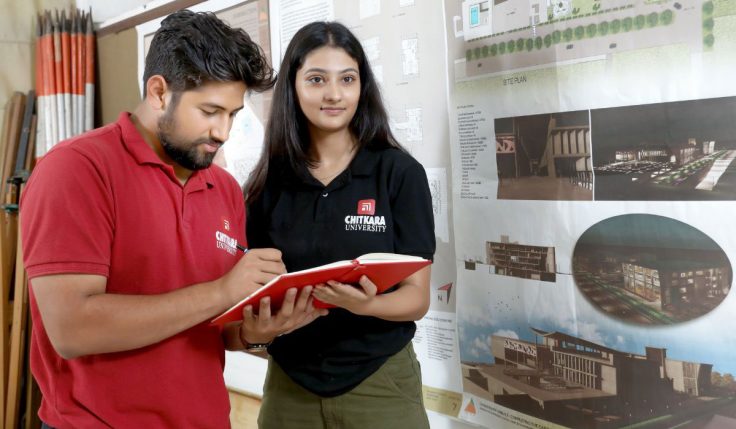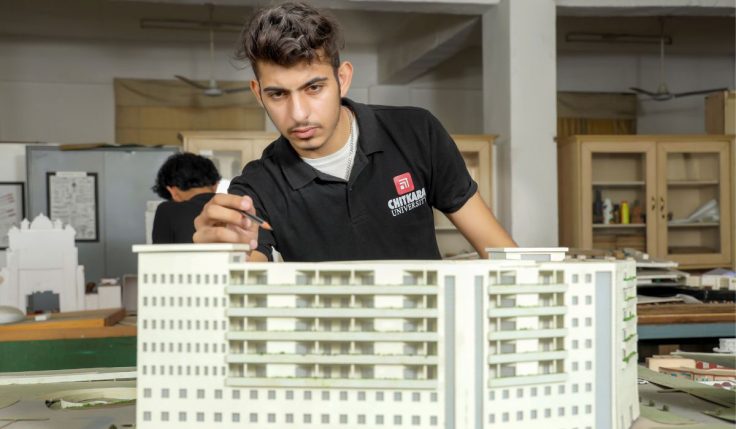In a world where fast fashion dominates the industry, sustainability has become an important aspect of modern wardrobes. With an increasing number of customers becoming more conscious of their purchasing habits and the environmental impact of clothing choices, upcycling is a trend that has emerged as a creative way to change the fashion landscape.
The art of upcycling and DIY fashion comes with an ability to change the fashion industry and the significance of this trend for the future of fashion. From the increasing popularity of upcycling to the environmental benefits that it brings, we will look at the impact of redesigning and repurposing clothes for a sustainable wardrobe.
In case you want to know more about redesigning and repurposing, keep reading to know more.
What is Upcycling and DIY fashion?
Upcycling is a sustainable approach to repurposing discarded items for changing them into new products with an increased value. When it comes to fashion, upcycling involves using old clothing or materials for crafting unique and one-of-a-kind garments. This is an eco-friendly practice that can reduce waste and also promote a conscious and responsible lifestyle.
DIY fashion refers to “Do It Yourself” as it empowers people to create their own clothing, accessories, and even style modifications. It is a way that encourages self-expression and also fosters a sense of individuality because people can customise designs to match their preferences. DIY fashion also involves basic sewing, crafting, and customization techniques enabling people to revitalise old pieces and sometimes make new ones from scratch.
When combined, upcycling and DIY fashion contribute to a sustainable and personalised approach to clothing. They offer alternatives to fast fashion, promoting environmental awareness and encouraging a shift towards a circular economy. Embracing these fashion practices does not just reduce the environmental impact of the industry but also allows people to cultivate creativity and embrace a hands-on relationship with their wardrobe.
How Is Upcycling a Sustainable Fashion Practice?
Upcycled clothing refers to garments that are created by reusing and repurposing the same fabric materials including clothes, textiles, and deadstock fabrics. This is a process that involves changing the materials in ways that their value gets enhanced resulting in a unique and one-of-a-kind fashion item.
The upcycled clothing does not just reduce the need for virgin materials in the garment production but it also helps in reducing the textile waste which is a significant issue in the fashion industry. It is safe to say that upcycled fashion is a sustainable practice that is capable of prolonging the life of materials, reducing waste, and decreasing the demand for new resources.
The process of diverting textile waste from landfills and finding creative reuse for post-consumer waste allows upcycle clothing to contribute to a circular economy. Waste materials get repurposed in this model and the overall impact on the fashion supply chain is also reduced.
Why is Upcycling Becoming More Popular?
Upcycling is becoming more popular for many reasons. It addresses the environmental issues associated with fast fashion by reducing waste and conserving resources. As customers become aware of the environmental impact of their choices, they are seeking out sustainable fashion options including upcycling clothing.
In addition, upcycling is a process that also offers a unique outlet for fashion designers and enthusiasts. Upcycled clothes often have one-of-a-kind appeal as they are made from repurposed materials and showcase the designer’s artistic vision. This originality is attractive to people who value individuality and personal expression when it comes to their wardrobe.
Upcycling also supports local communities and small businesses in many ways. Most upcycling brands are small enterprises that work in close associations with artisans and craftspeople. By supporting these businesses, customers can contribute to the growth of local economies and promote ethical production in the fashion industry.
How to Redesign and Repurpose Clothes for a Sustainable Wardrobe?
Transforming Clothes: Upcycling clothes involves taking the present garments or textile waste and changing them into new and wearable pieces. This can be done by using various techniques including patch works on old t-shirts or other garments with a sewing machine, embroidery, dyeing, and even combining different fabrics and materials.
Upcycling requires a creative and resourceful mindset because designers need to see new possibilities for old clothes and find ways to overcome any limitations of the materials at hand. Upcycled garments and accessories come in many forms including repurposed jeans, t-shirts to unique handbags made from reclaimed fabrics.
Natural Dyeing: Natural dyeing is an effective way to give your garments a good condition in a fresh look. It involves using plant-based materials for colouring fabric. On the other hand, synthetic dyes are made from petroleum-based chemicals that are harmful to the environment.
Natural dyeing is a lot better for the planet as it produces unique and beautiful colours that cannot be easily replicated with the use of synthetic dyes. If you want to get started with natural dyeing, you will need some plant-based materials such as flowers, onion skins, etc.
Embroidery: Another popular DIY fashion technique is embroidery as it involves stitching designs on the fabric using thread or yarn. Embroidery can be simple or complex depending on the design you choose.
When it comes to practice, embroidery can be a proven way to personalise your clothing and add a unique touch to it. It is also an extremely relaxing and meditative activity that can be enjoyed by people of all ages.
Textile Recycling Technologies: Innovations in mechanical and chemical recycling processes allow for an efficient breakdown of textile waste into fibres which can be spun into yarns and fabrics for upcycled garments.
The use of 3D technologies allows designers to create unique upcycled garments and accessories with the repurpose of materials that get changed into new forms with minimal waste.
Future of Upcycling Fashion:
As upcycling gains more momentum, new trends and innovations continue to emerge. Some fashion designers in the textile industry are also experimenting with textile recycling technologies such as mechanical recycling which is for breaking down textile waste into fibres that can be spun into new yarns. Some other designers are also incorporating sustainable materials such as natural fibres and eco-friendly dyes for upcycled creations.
Other than this, there is also collaboration between upcycling fashion and mainstream fashion brands as the industry is now recognizing the potential of upcycling to contribute to sustainability. High-profile partnerships such as the ones between urban outfitters and local upcycling brands can raise awareness about the benefits of upcycling and inspire customers to embrace this trend.
Also, customers play an important role in driving the upcycling movement. By choosing upcycled garments over fast fashion and supporting brands that can promote sustainable practices, customers can create a market demand for upcycled fashion. In the future, it will be common to see people upcycling their clothes and extending the life of garments by minimising personal waste.
Summing It Up:
The process of upcycling fashion represents a rather creative and sustainable approach to addressing the environmental challenges of the fashion industry. When you repurpose old garments and waste materials, upcycling promotes a circular economy creating less waste and lowering the carbon footprint of fashion.
As the popularity of upcycling keeps growing, it will reshape the industry by driving innovation and contributing to a sustainable world. If you want to learn more about redesigning and repurposing for a sustainable wardrobe then pursue 4-Years Bachelor of Design Fashion Design to support sustainable fashion and build a greener future.
The program will train you on upcycling and DIY fashion with an in-depth explanation of redesigning and repurposing. Pledge to be a Fashion Revolutionary at Chitkara University by pursuing a 4-year Bachelor of Design Fashion Design.






